When humans defend themselves, they fight back, scream, and run. All of these normal defense mechanisms in humans are commonplace. We’ve seen it in almost every movie and may have even seen it in person. But what about our animal counterparts? Typically, animals either fight or flee. Poisonous snakes deliver vicious venom, and deer flee the scene when they smell a potentially dangerous threat. The most common defense mechanisms in nature seem to be animal mimicry, fighting back with sharp claws, and biting with powerful teeth that can tear away flesh. Animals developed these mechanisms to continue with their species and avoid predation, just as humans have. But there are other, less common defense mechanisms in nature used by unique animals. The hairy frog breaks its bones, the short-horned lizard squirts blood from its eyes, and wood frogs freeze themselves, to name a few.
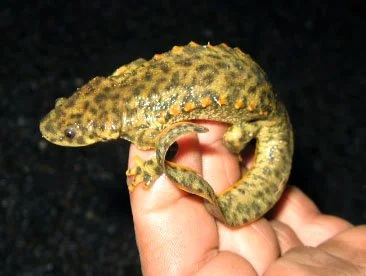
Iberian Ribbed Newt Uses Its Ribs To Defend Itself
It’s one thing to use your fist to fight back, but it’s another thing to push your ribs out through your skin and use them to defend yourself. That’s exactly what this frog, the Iberian Ribbed Newt, does. It becomes immobile, enlarges its body, and pushes its ribs through tubercles on the side of its body to ward off attackers. Even though the skin rips through its flesh, it doesn’t cause the newt any pain. It angles its ribs up to fifty degrees, stretches its bones, and rips through its flesh. Then, it secretes a poisonous milky substance through its pores, where it pokes its enemy and kills it. And these ribs don’t leave the same spot every time as scientists previously thought. Every time the newt is under threat, the ribs exit from different pores (Journals Biologists).
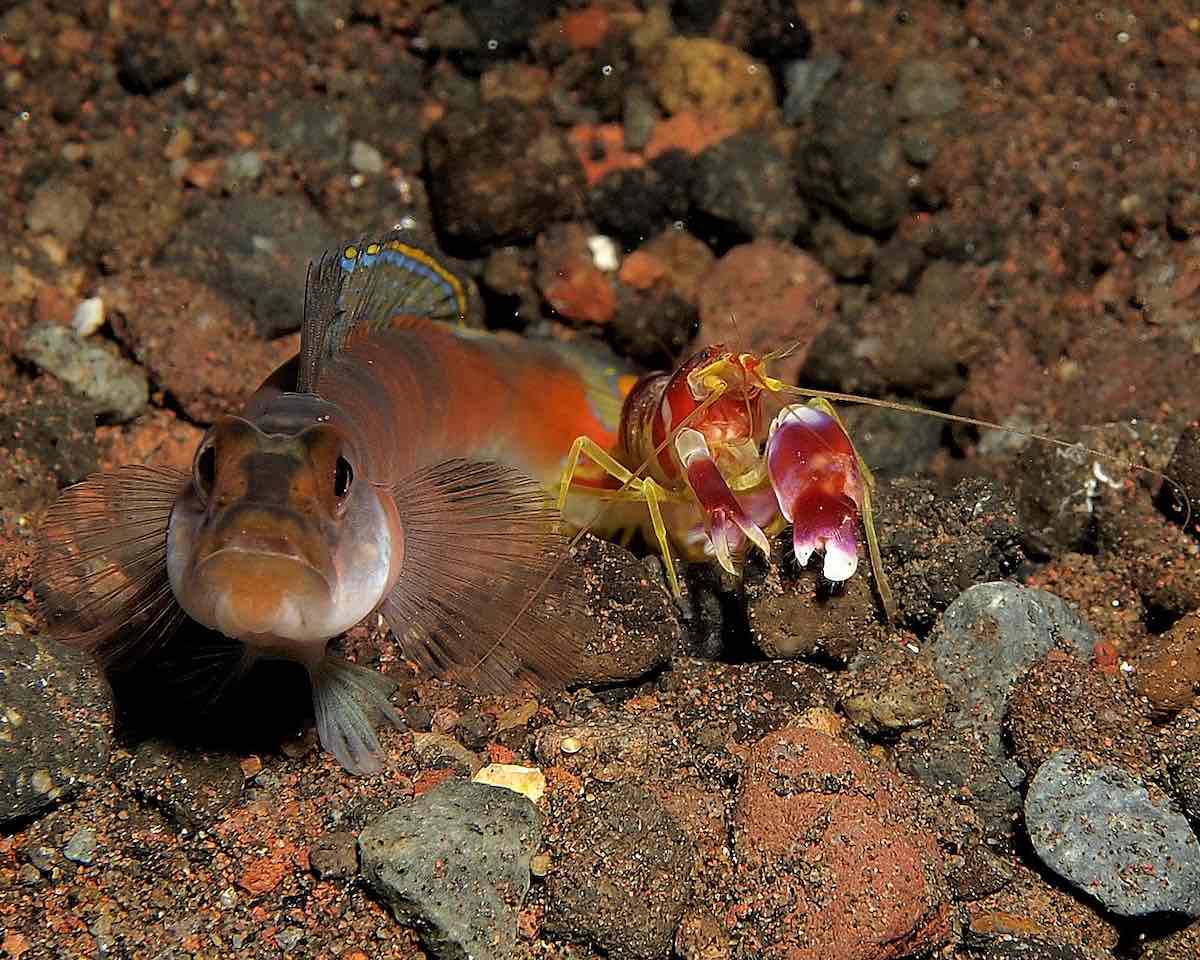
Pistol Shrimp Make Bubbles With Their Claws
Even though this sounds unsuccessful, pistol shrimps are actually onto something. When they shut their claws quickly, it creates a captivation bubble. Did you know bubbles could be deadly? The bubble then collapses. It makes a loud “pop” sound and a shockwave that stuns or even kills its predator. These bubbles can reach speeds of up to 60mph. Scientists recently discovered that the pop sound can reach 210 decibels, which is louder than a gunshot (Ocean Conservancy).

Hagfish Expels A Slimy Substance As A Distraction
The Hagfish doesn’t like to fight head-on, which is why it secretes a disgusting substance at its predators. This acts as a distraction and keeps predators focused on the slime which it makes its escape. It certainly knows what it’s doing, since the hagfish has existed for 300 million years. It has neither a skull nor a vertebrae. When the substance it expels mixes with water, it expands and can reach nearly 5 gallons. The slime is potentially dangerous and can choke a fish in its gills. The predator spends most of its time coughing up the slime. Professor Douglas Fudge, who studied the fish, said, there was “A sizable slack volume in hagfishes, combined with the minimal attachment of the skin to the muscle, allows the body to slip out of harm’s way even when the skin is punctured.” Through this combination of defense mechanisms, they can successfully slither out of harm’s way (Washington).

Archerfish Spit Jets Of Water
To shoot down insects for food, Archerfish spit fatal jets of water through their mouths at the insects. The insects fall off their branches and into the water, where the archerfish can feed on them. Stefan Schuster, who actively studies archerfish, said, “Our study adds support to the view that archerfish use their jets as tools. They’re not simple all-or-nothing events, but the jets can be adapted to serve both in aerial and underwater hunting.” They use the same maneuvers underwater as they do at the surface to shoot down their prey (New Scientist).
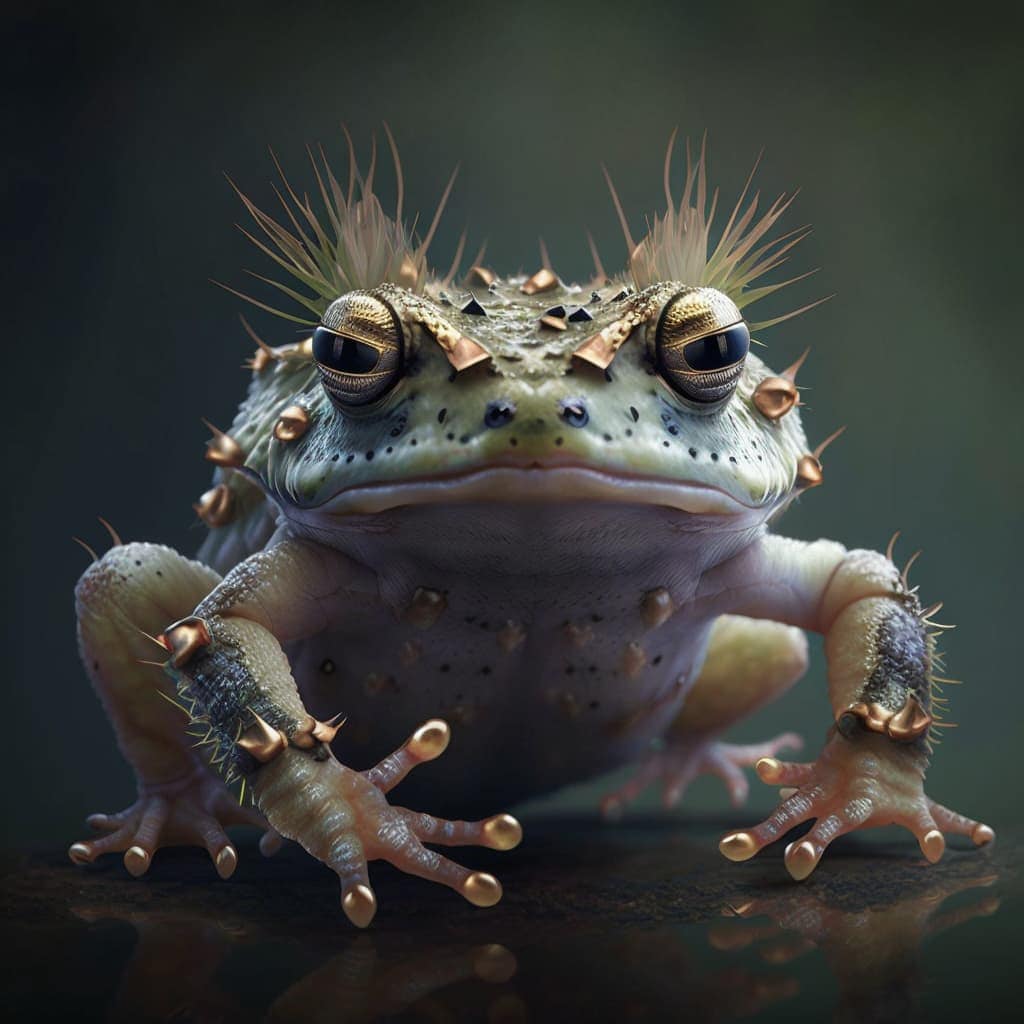 Gulla
Gulla
The Hairy Frog Breaks Its Bones
The hairy frog has adapted so much so, that it’s able to break its bones to escape a predator. It does this by contracting the muscles in its feet, breaking its bones, pushing them through its skin, and then using those bones as claws to fight against the predators. The bones are made of keratin and bone, the same substances that make up nails and hair in humans. Even though the frog fights off its predator by using these claws, it does come at a cost. It takes about three months for the frog to regrow its bones (Gulla).
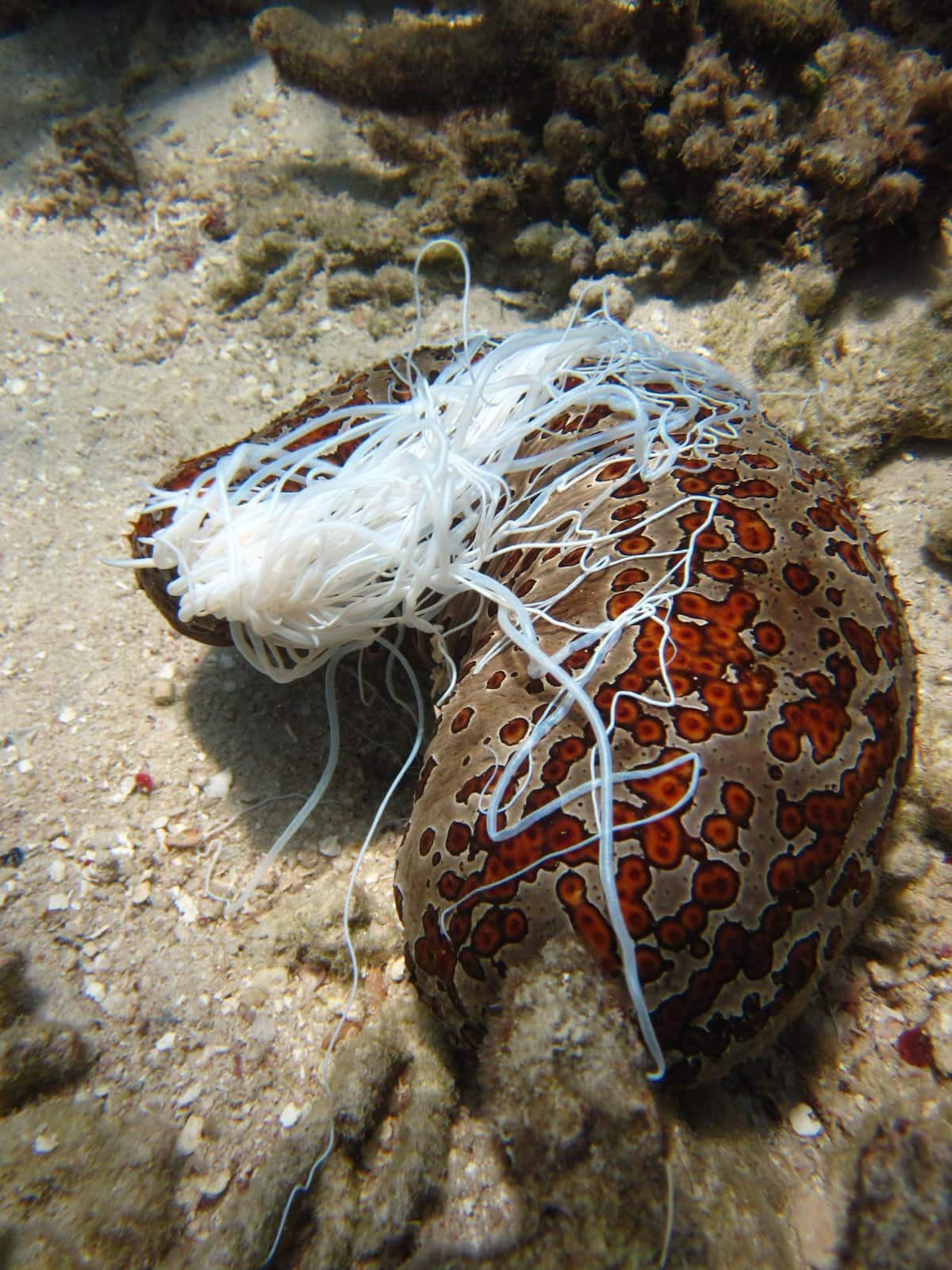
Sea Cucumber Ejects Its Intestines Out Of Its Anus
There’s nothing more disgusting than the defense mechanism of the sea cucumber. If it senses danger, it ejects its intestines and entangles the attacker. It’s a process called evisceration. This distracts the enemy. In some cases, the intestines are poisonous because they contain a chemical called holothurin. Even though the sea cucumber temporarily loses its organs, it doesn’t seem to mind. Eventually, it restores its organs in six weeks. Oddly enough, the sea cucumber may do this to clean out its organs, even when there’s no danger around. Scientists have jokingly said, “If we figure out how sea cucumbers do it, we might be able to make human cells do it!” We’re not sure expelling our organs is something we want to do shortly, and hopefully, there are other ways to clear out our insides and defend ourselves (The Verge).
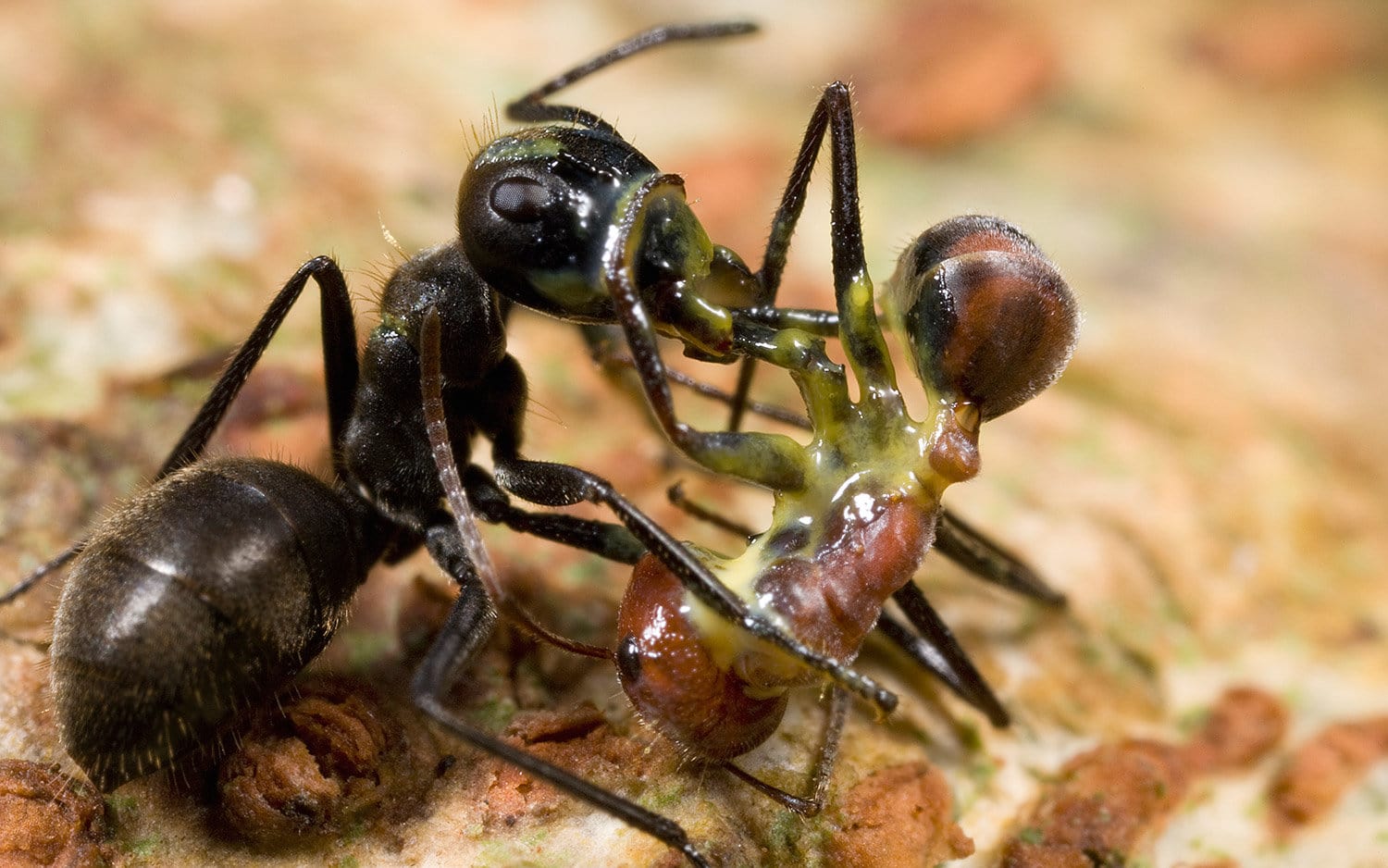
Malaysian Exploding Ant Blows Itself Up
They usually say “one man for himself,” but not if you’re a Malaysian Exploding Ant. Their name says it all. When they’re in the midst of danger, one of them defends the entire colony by blowing itself up. When attacked, the ant violently contracts its muscles to secrete a poisonous chemical in its muscles. The head bursts and it causes extreme corrosion for the prey, which may die as a result. The unassuming yellow goo that erupts from its head also smells like yellow curry. Behavioral ecologist Tomer Czackes said, “Almost all ants can bite, sting, or spray formic acid,” so this behavior isn’t out of the ordinary, as strange as it may seem (National Geographic).
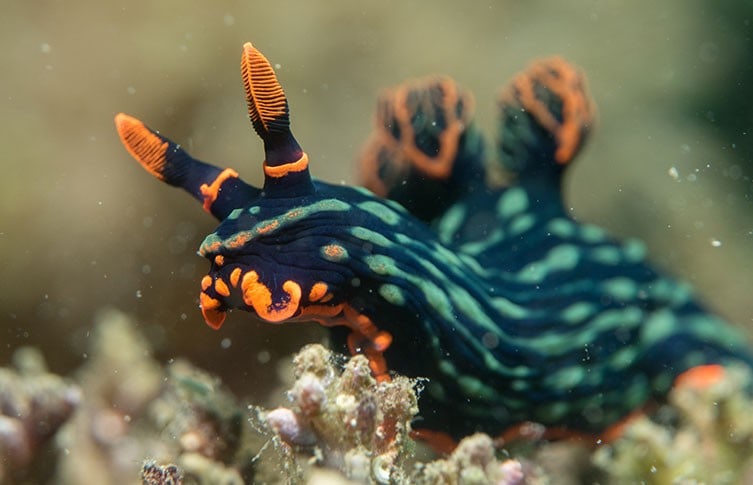
The Blue Sea Slug Is A Parasite For Jellyfish Toxins
To defend itself against predators, the blue sea slug has to do two things. First, it feeds on Portuguese Man O’War, consumes its venomous cells, and stores them as sacs in their body. Then, when it’s under threat, it releases the cells and uses them as a deterrent against predators. They steal the venom and then use it themselves for survival. They’re able to steal from the jellyfish because of their soft bodies, which make them impervious to the jellyfish stings. They can rob prey of their only defense mechanisms. These animals are quite sneaky (NHM).
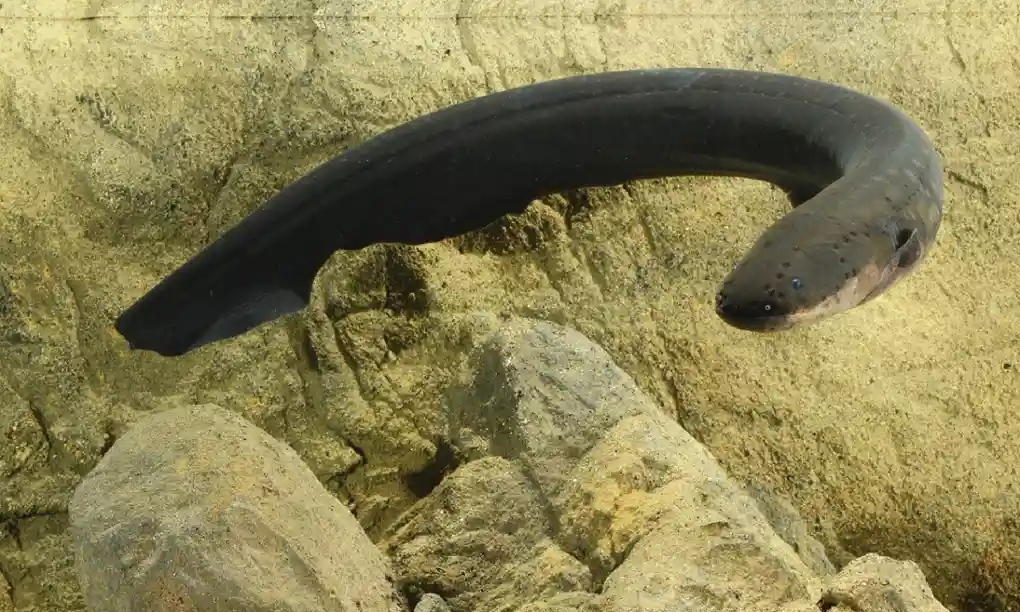
Electric Eels Discharge High-Voltage Shocks
These stunning electric eels aren’t animals you’d want to mess with. They can deliver high-voltage shocks that measure up to 600 volts, capable of stunning their attackers. If this touched a human, it would cause immense pain. They also use it to attract their prey, by sending high-voltage discharges that activate the neurons in nearby animals. They can rapidly send these electric shocks in different discharge patterns (The Guardian).
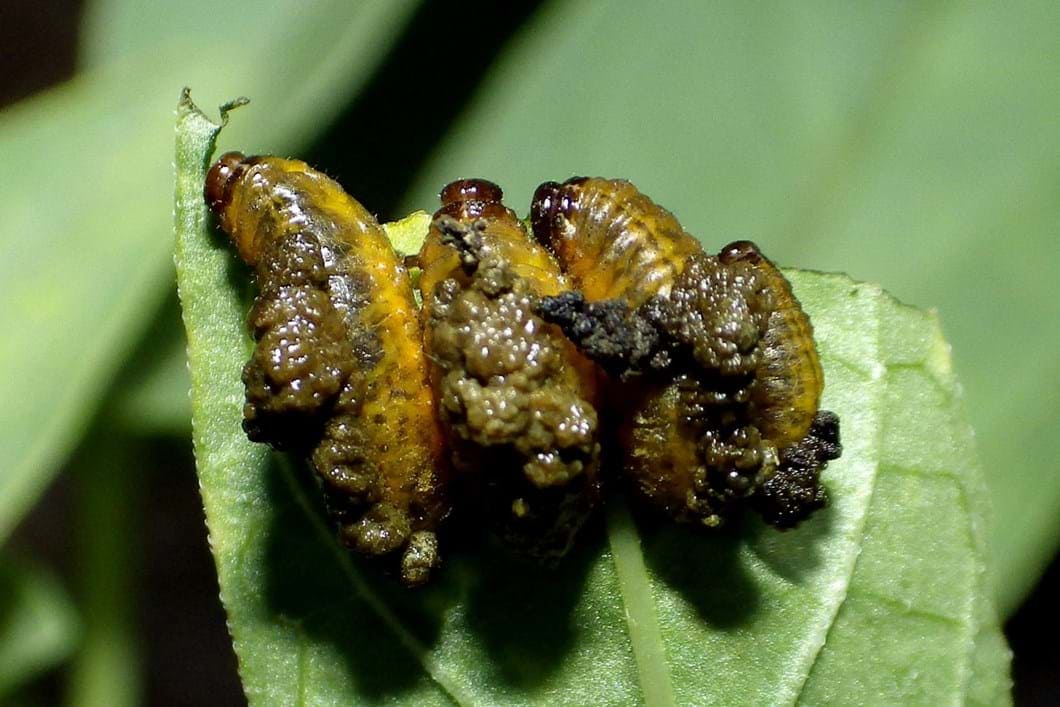
Potato Beetles Cover Themselves In Their Feces
We could all learn a thing or two from Potato Beetles. If there’s one way to defend yourself, it’s to cover yourself in your feces. No one would go near you. To defend itself against predators, the larvae cover themselves in their feces. It wards off predators because the dung is poisonous and gives off a foul smell. To get this toxicity, the potato beetle reuses toxic substances found in the nightshade plant. Over time, the feces make their way onto the beetles’ backs to make what is known as a fecal shield (University of Minnesota).
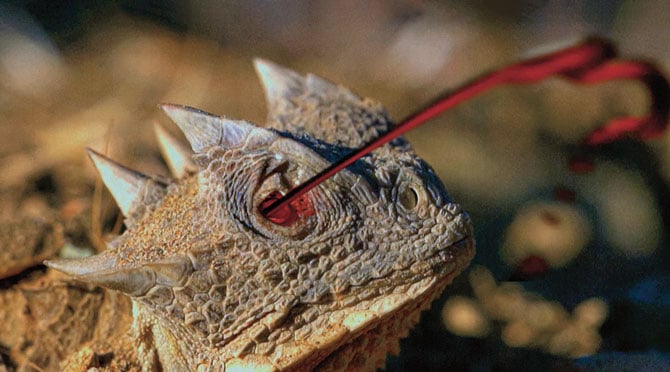
The Short-Horned Lizard That Squirts Blood From Its Eyes
This lizard, or horned toad, can shoot blood from its eyes when it feels threatened. Imagine humans did that? They inflate their bodies up to twice their size, enough to resemble a spiny balloon. The blood leaves from tiny ducts in the sides of their eyes and can travel up to three feet. Because the blood has a foul taste, it deters predators from getting too close. It’s noxious to wolves, coyotes, and wolves (National Geographic).
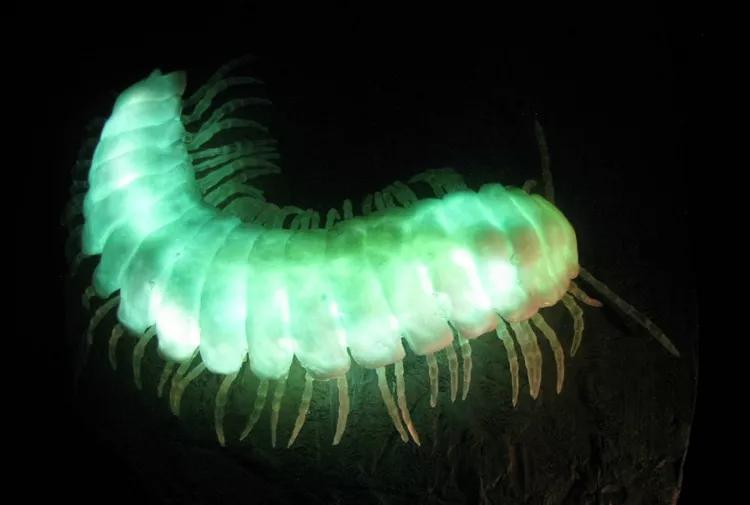
Cyanide Oozes Out Of Motyxia Millipedes
If there’s one poison you wouldn’t want to go anywhere near, it’s cyanide. When they’re in danger, cyanide oozes from pores in their body. When beetles and other prey feed on these insects, the cyanide works and stops their cells from using oxygen. In addition to their stunning bioluminescent properties, researcher Paul Marek said, “When they are disturbed, they ooze toxic cyanide and foul-tasting chemicals from small pores running along the sides of their bodies as a defense mechanism” (Live Science).

Wood Frogs Can Come Back To Life
Defense mechanisms don’t always have to involve predators. The wood frog defends itself against extremely cold conditions. It can come back to life even after long periods of no brain or heart activity. They’re considered dead. In wintertime, when conditions become too cold for the wood frog, its brain instructs its liver to produce glucose. This acts as antifreeze and stops the frog’s cells from rupturing. Around 70% of its body is frozen solid. After winter, the frog begins to unthaw. The frog’s heart starts pounding and brings the frog back to life (CBC).
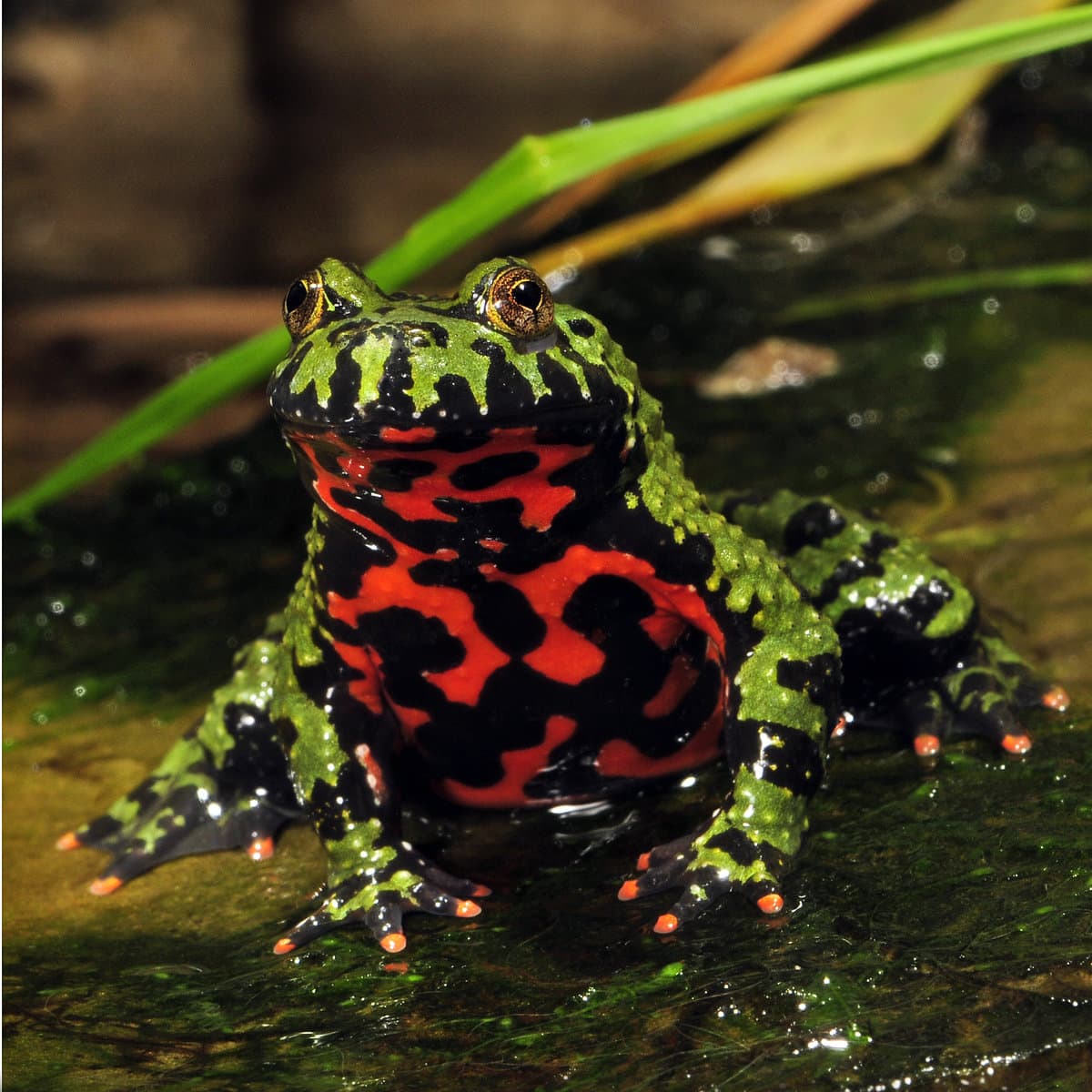
Bombina Toad’s Brightly Colored Toxic Skin
Stay away from the Bombina Toad’s brightly colored skin. Whenever you see something brightly colored in nature, it’s best to stay as far away as possible. When it senses danger, it secretes toxins through its skin, which makes it an unappealing snack to predators. The good news is that’s it not fatal if you ingest it, but it is uncomfortable and irritating for the eyes and mouth (AZ Animals).
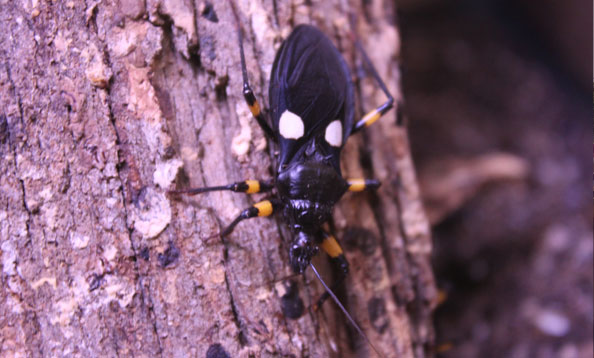
Assassin Bugs Inject Their Prey With Enzymes
Enzymes from the Assassin Bug are the last thing you’d ever want inside your body, considering these enzymes vaporize anything they come into contact with. The Assassin Bugs do this to liquidize the insides of their prey, and then they suck out and devour them. They leave behind the empty shell, clearly as a souvenir (SF Zoo).
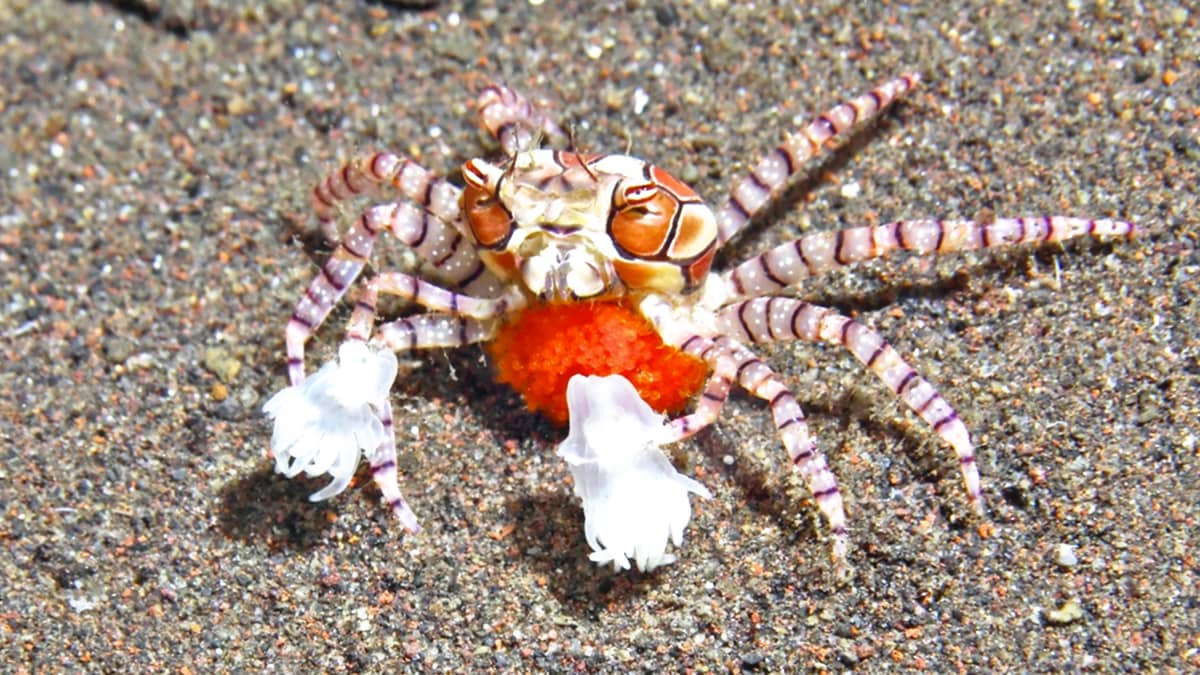
The Boxer Crab Fights Back
Sea anemones are full of tiny harpoons which may be dangerous for some sea animals. That’s why the Boxer Crab uses it to fight back. They attach sea anemones to their claws and wave them around when they’re disturbed to fight danger. The sea anemone benefits from the use as well, since it’s able to get more food because it’s mobile, thanks to the crab. When the crab uses these sea anemones, they look like cheerleaders cheering on a game (Bored Panda).
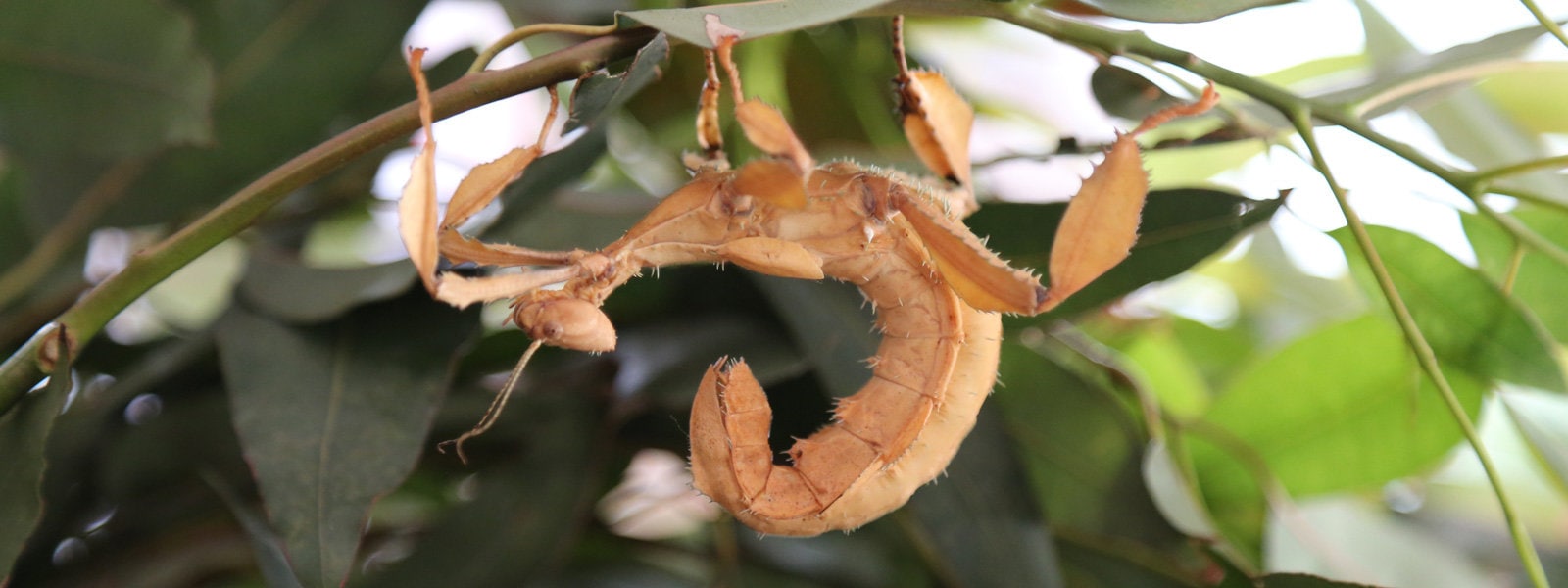
Spiny Leaf Insects Camouflage As Dead Leaves
If you could turn into anything to escape a predator, what would you change into? The spiny leaf insects turn themselves into dead leaves to escape the wandering eyes of deadly predators. They lie on tree branches, motionless, to escape detection from predators. This is their first line of defense against predators wandering around the forest. They’re not very fast, which is why they have to resort to disguising their surroundings to ward off their enemies (Backyard Buddies).
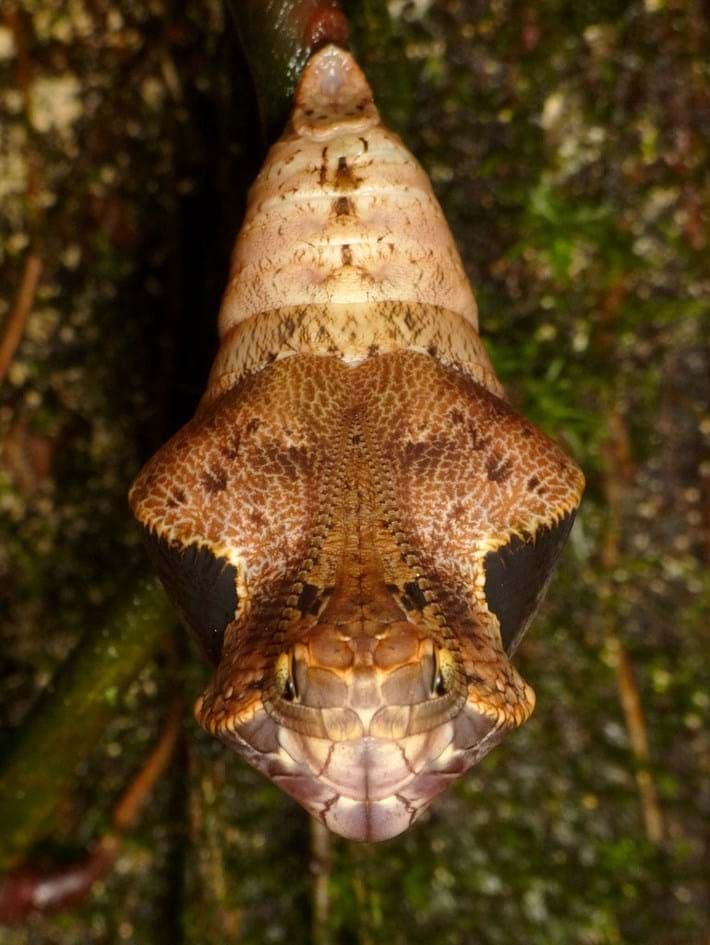
The Larvae Of Dynastor Butterfly Larvae Turn Into Snakes
During the pupal stage of the Dynastor Butterfly, they’ll flip themselves around and puff out their bodies when they sense danger. This defense mechanism is one of the most impressive in the entire animal kingdom. Its brown underbelly and strange appearance trick predators into thinking it’s a snake. It takes 13 days for these larvae to become a butterfly, and for nearly two weeks, it hangs around looking like a Gaboon Pit Viper. According to Robert Silberglied and Annette Aiello’s book Life in History of Dynastor Darius in Panama, “The answer may be that the predator itself turns and flees after suddenly coming face-to-face with a realistic ‘snake’ that waves violently back and forth, as does the pupa of Dynastor Darius when disturbed.” Many species around the world use mimicry as their first line of defense (ZME Science).
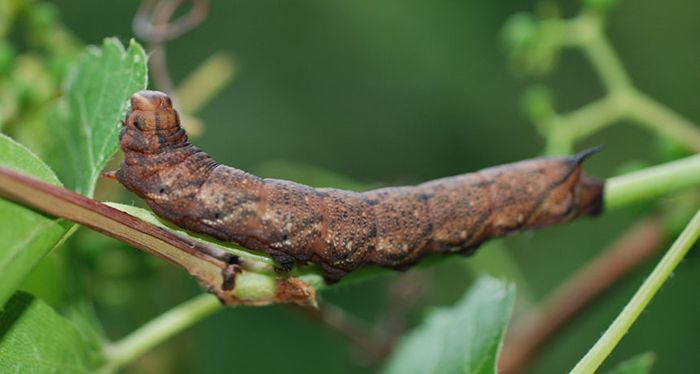
Caterpillars Make Strange Sounds
Caterpillars can mimic other, deadlier animals like snakes and buzzing insects to deter their predators. They can also whistle like a kettle, which sounds more like a cracking buzz. Conrado Rosi-Denadai, who studied these caterpillars, said they “have evolved multiple times and on almost every part of the body wall including legs, wings, mouthparts, head, and even genitals.” Since caterpillars don’t have lungs, they have to breathe in through tiny holes in their abdomen to make this sound, which is similar to rocket motors (Discover Magazine).
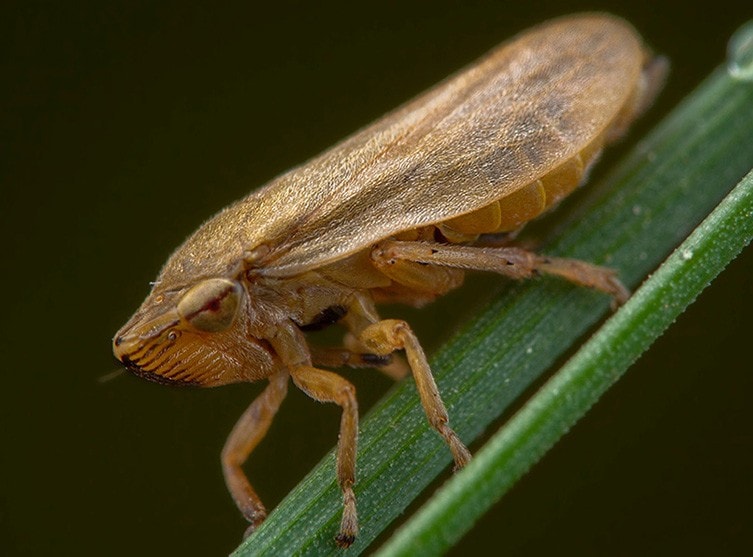
Froghoppers Have A Powerful Hop
To escape predators, froghoppers can jump several times their body length. They can jump about 70 centimeters into the air. To do this, they wrap their wings around their bodies like a tent and leap into the air. Unlike some other animals on this list, they have incredible vision, and even though they’re skilled at escaping predators, their life span does not surpass three months (NHM).
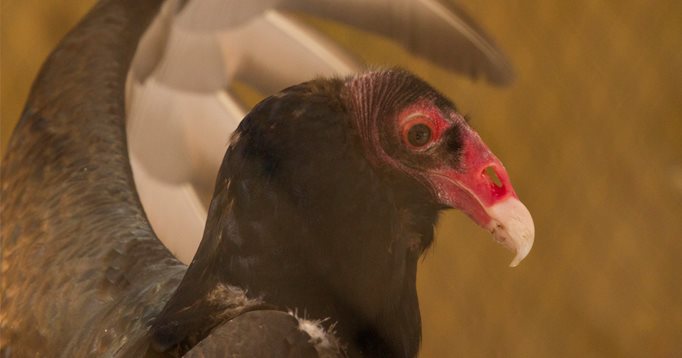
Turkey Vulture Regurgitates Its Stomach Contents
When a hungry predator approaches the Turkey Vulture, it regurgitates the contents of its stomach. The predators either flee or accept the offering. Usually, the smell is bad enough to put off any predators. The gases also sting the predator’s eyes, and its digestive system is highly acidic, more than any human could handle. Because it excreted all of the contents in its stomach, it’s a lot lighter and can flee the scene a lot quicker. If the predator was starving, it would eat the vomit (CMNH)
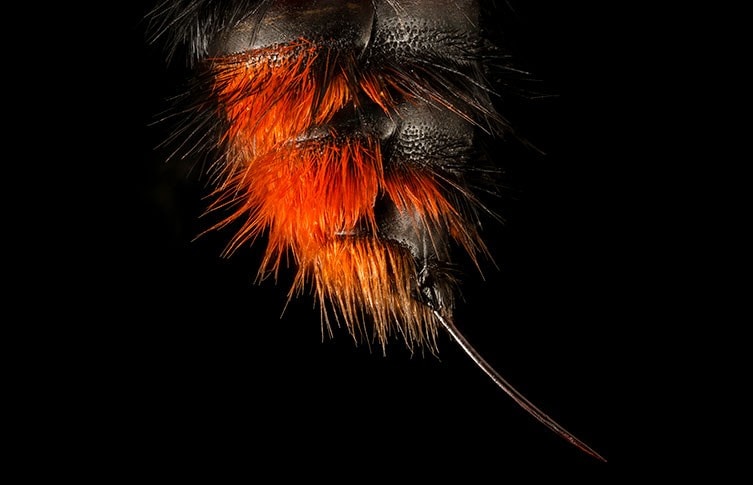
Velvet Ants Deliver A Powerful And Painful Sting
These animals derive their name from their appearance. The stingers resting in velvet ant’s bodies measure half of their length, and their defense mechanism is a painful one. Not only that, but their first line of defense, which is the release of pheromones, has a distinctive scent to it that’s related to decaying carcasses. These insects are part of the wasp family, hence their stingers. It’s better to stay away from these insects (Thrive Pest Control).
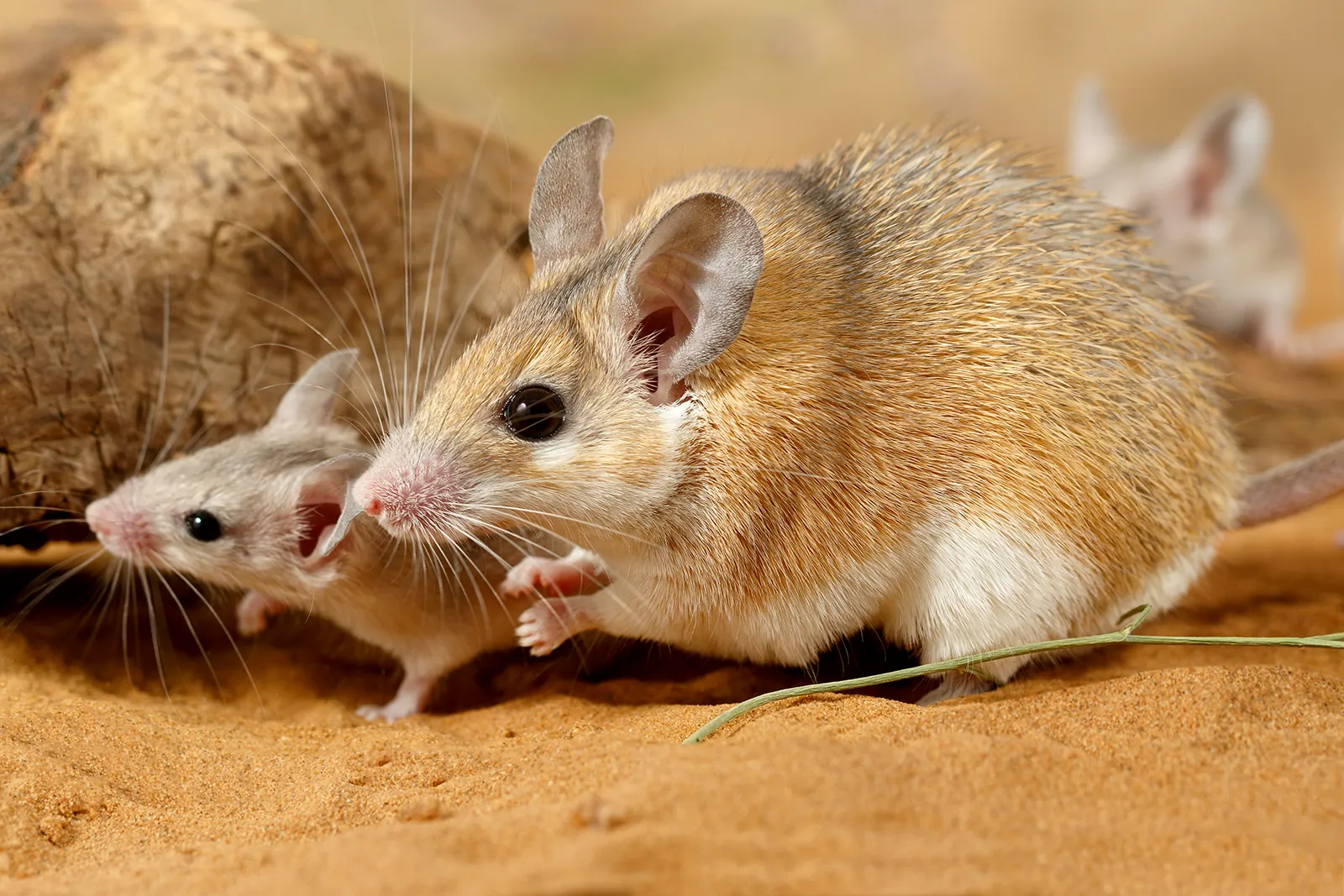
The African Spiny Mouse Breaks Off Its Tail
Another bone-breaking animal is the African spiny mouse, which breaks off its tail to distract predators from attacking. As the predator reaches for its tail, it rips it off so it can easily run away. It can easily regurgitate the missing parts of its tail. Dr. Ashley W. Seifert said, “These guys had been known to lose their tail, but no one had ever reported on skin dislodging from their body. This study shows that mammals as a group may have higher regenerative abilities than they are given credit for.” In one day, their wound can shrink up to 64 percent (CBS News).
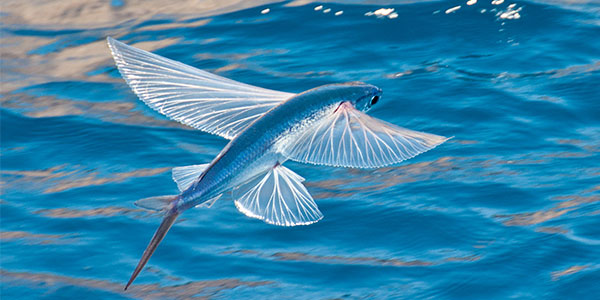
Flying Fish Fly For Long Distances To Escape Predators
If there’s one way to escape a predator that we wish we had, it’s to fly. Flying fish can not only swim, but they can jump out of the water and fly for long distances as a defense mechanism when escaping danger. This is all thanks to their torpedo-shaped body, which helps them break through the surface of the water and glide away from predators. Their pectoral fins also keep them up in flight, for roughly 200 meters. It uses its tail as a propeller and can stay in flight for nearly 45 seconds. Because they have many sea predators, this defense mechanism comes especially in handy. First, they gain velocity underwater up to speeds of about 37 mph. While they’re still beneath the surface, they beat their tail until they take air (National Geographic).
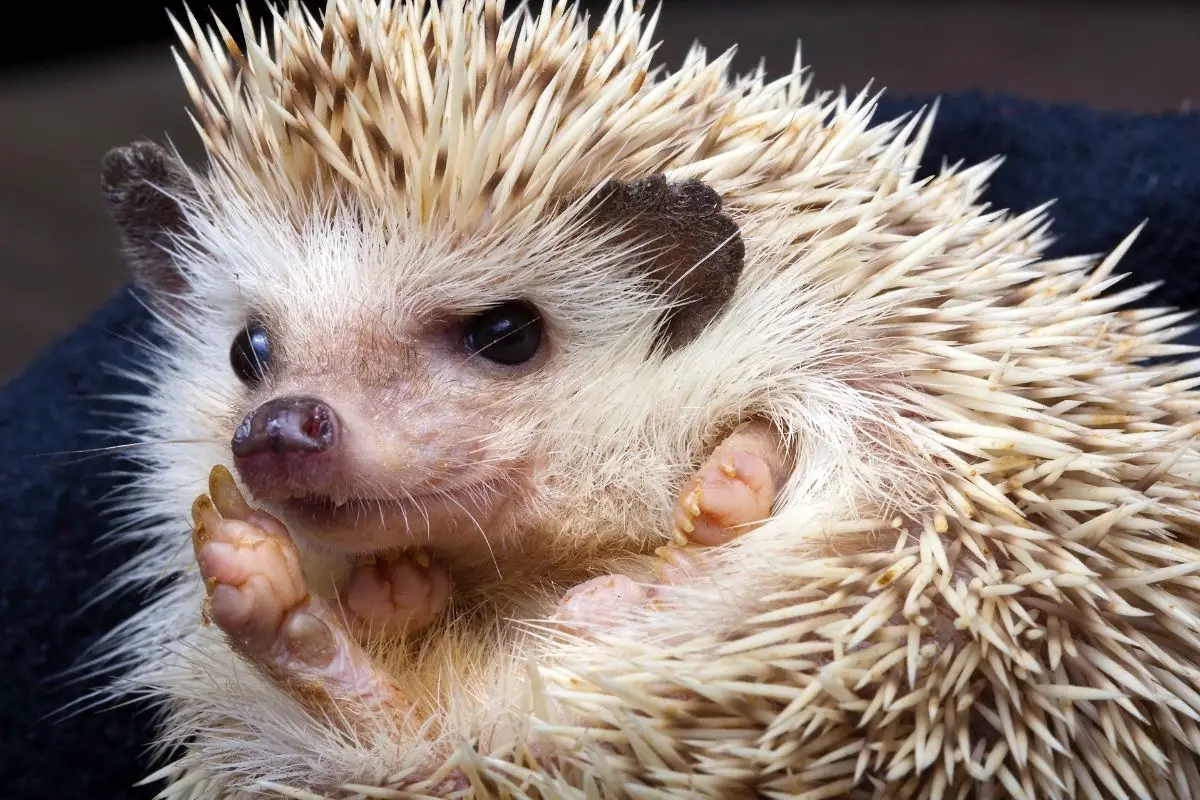
Hedgehog’s Curl Into A Ball
These stiff, sharp spines on the back of a hedgehog are there for a reason. When they sense danger, they use these spines as a defense mechanism. They’ll curl into a prickly ball that deters any predators. No animal wants to get close to an unappetizing ball made of sharp spines. They also have weak eyesight, which is another reason their spines come in handy (National Geographic).

The Slow Loris Coats Its Body In Poison
When the Slow Loris feels under threat, it excretes a poison through its glands and rubs it over its entire body and its teeth. The noxious oil oozes from underneath their armpits, they mix it with their saliva in their mouth to deliver a nasty bite. In some species, when it comes into contact with this poison, it can cause anaphylactic shock. It’s only activated when it mixes it with its saliva to cause a natural chemical reaction. Without its saliva, it wouldn’t work. Some scientists even suggest the Slow Loris uses this poison to fight against each other, instead of predators from other species. Anna Nekaris, who studies the Slow Loris, said, “This very rare, weird behavior is happening in one of our closest primate relatives. If the killer bunnies on Monty Python were real animals, they would be slow lorises—but they would be attacking each other.” When delivered, the victim’s flesh rots away, and in some Loris’s, they’re seen with half-melted faces (Smithsonian Mag).
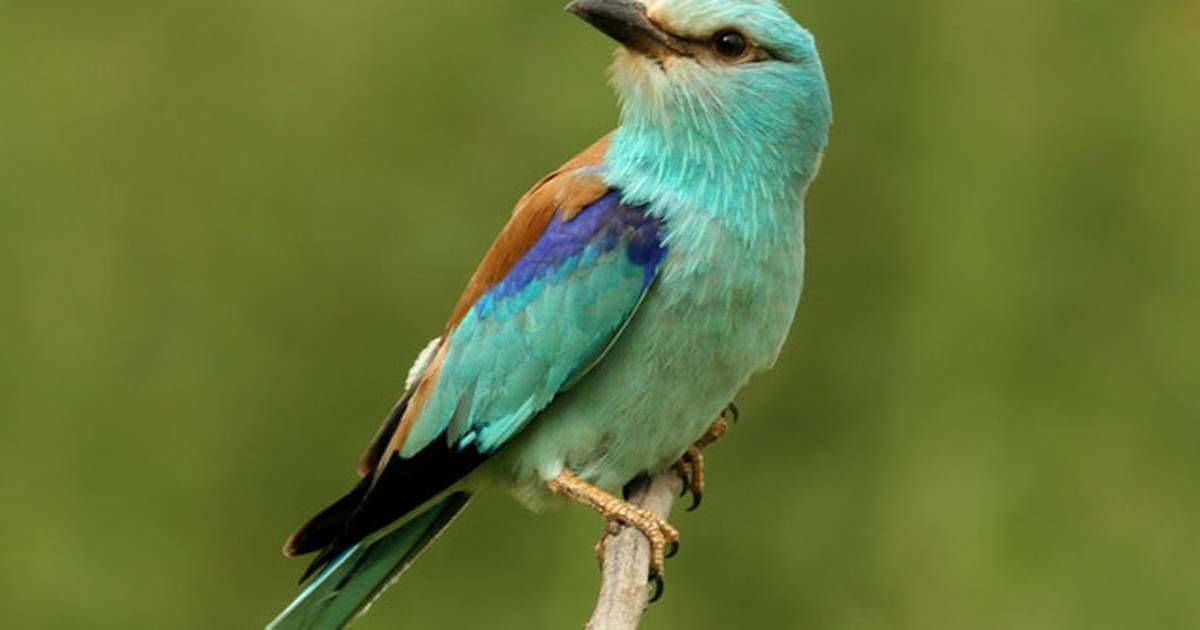
Eurasian Rollers Cover Themselves In Their Fluid
To protect themselves, the Eurasian Rollers will cover themselves in their bodily fluid to avoid becoming food. Unlike the Potato Beetle, which uses its feces, this animal uses orange-colored vomit to form a shield. The vomit makes these baby birds smell horrible and a lot less appealing to eat. We’re not sure who’d want to eat a baby bird covered in vomit, anyway. When the parents smell the vomit, they fly back to the nest to help the baby birds defend themselves (NY Daily News).
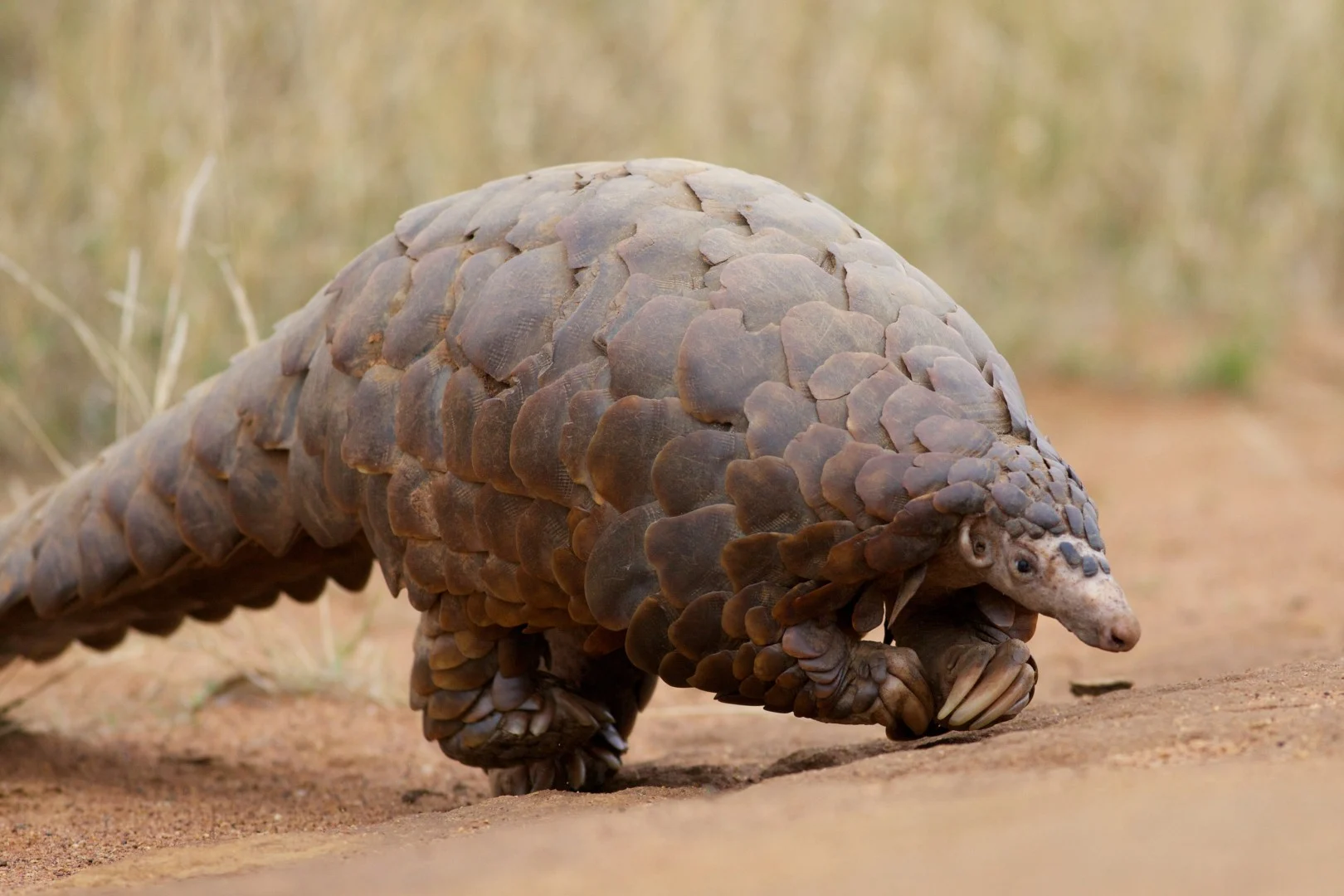
The Pangolin Uses Its Skin As Armor
The flexible, durable armor of the Pangolin is what it uses to protect itself against potential enemies. Their overlapping scales form a strong barrier, and according to scientists Wang, Meyers, and Yang, “The pangolin is [a] fascinating organism because it has an armor that can resist powerful predators such as lions and tigers. We [have] revealed the intricate architecture of the scale which enables the animal to protect itself” (Materials Today).

Giant Anteaters Defend Themselves With Long Claws
The long, sharp claws of the anteater are powerful enough to defend themselves against predators. They’ll rear up, use their tails to steady themselves, and use their claws to fight. Their claws are powerful enough to fight off a jaguar or puma. That’s some serious strength (National Geographic).
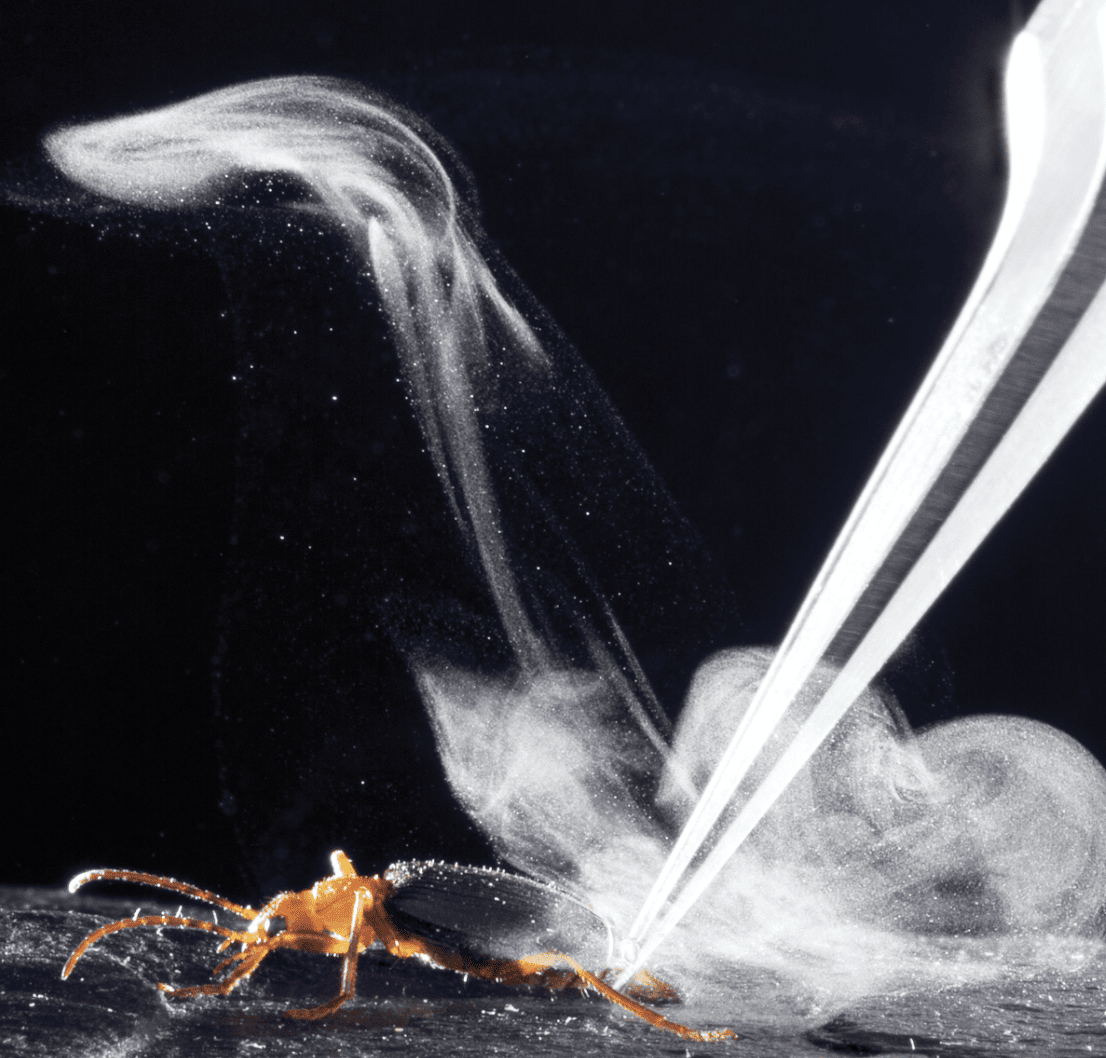
The Bombardier Beetle Releases A Noxious Spray
The Bombardier Beetle uses two chemicals to kill its prey. These chemicals are stored in its abdomen. When they’re under threat, the beetle releases these chemicals as a highly toxic, noxious spray to deter predators from trying to attack. These animals usually have an easy life, but their defense mechanisms are no joke when they are under threat. Not only does it release a spray, but the spray it releases is a lot hotter than other insects using the same type of deterrent (News).
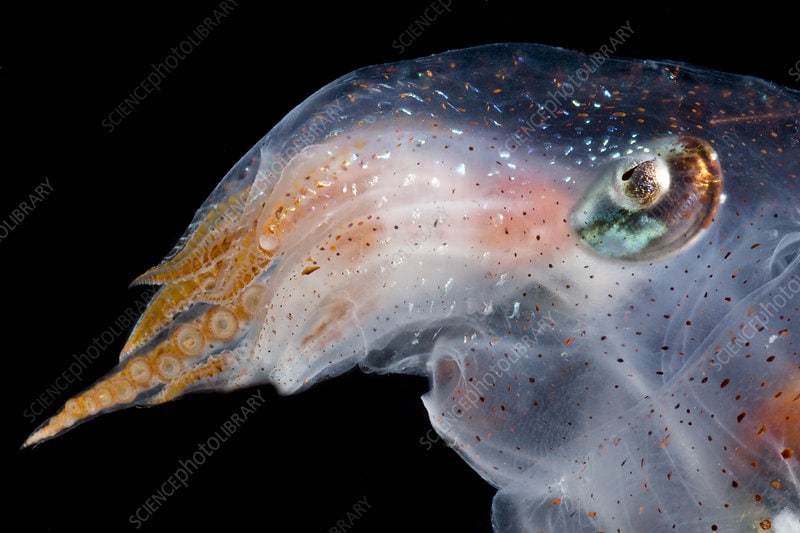
The Japatella Heathi Octopus Uses Its Transparency To Hide
At 3,000 feet below sea level, the world operates very differently. This is where the Japatella Heathi Octopi live. To hide from deadly predators, the Japatella Heathi Octopi use their transparency to blend into its surroundings. And to avoid creating a silhouette of itself, it makes everything except its eyes and guts transparent. Light passes through the animal, and it goes unnoticed by predators. The only predator that, quite literally, sees right through their defense mechanism is the Angler Fish. When the octopi detect their light, it activates skin pigments to reduce its reflectivity so the angler fish doesn’t see it. They turn reddish to keep their location unnoticed (Daily Mail).
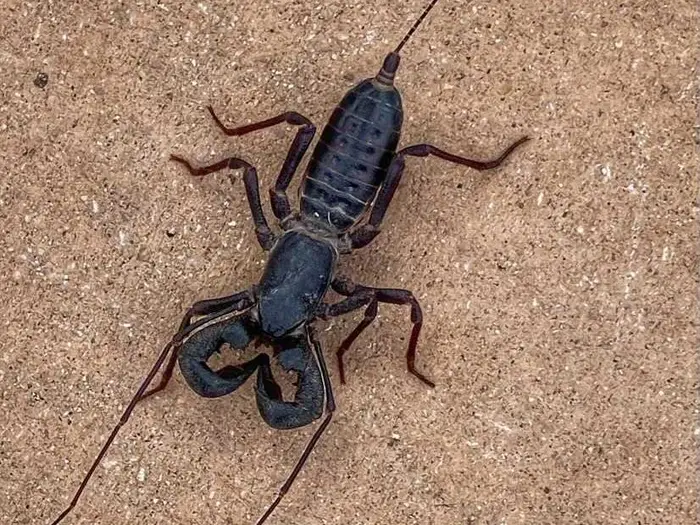
Whip Scorpions Shoot Vinegar
These critters don’t shoot the same vinegar you clean your house with. Firstly, these creatures look like something assembled from a Frankenstein movie. They turn around and aim their tail at their predator’s face when they’re under threat. An acid, vinegar-like substance shoots out of their tail and is 16 times stronger than actual vinegar. It’s similar to pepper spray (PBS).
